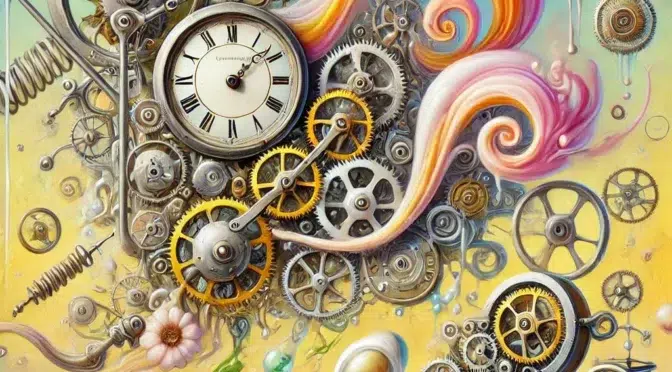The Intricate Joy of Dismantling: Understanding Through Disassembly
For those of us with a penchant for exploration, particularly within the autistic community, the world is akin to a vast puzzle, each component beckoning with secrets of its design and function. This isn’t merely a hobby; it’s a profound engagement with the world, allowing for an in-depth understanding and manipulation of one’s surroundings. This post delves into why dismantling objects is more than just a curiosity for autistic individuals—it’s a necessary part of interacting with and understanding our environment.
Why We Dismantle
Central to many autistic individuals’ engagement with the physical world is a cognitive trait known as systemizing. Systemizing compels one to analyze, hypothesize, and derive the underlying rules that govern systems. It’s a drive to see the order in the chaos, to predict outcomes based on observed patterns. For me, and many others, dismantling is our way of systemizing—of making sense of how things work, hands-on.
Taking things apart helps to satiate our need to see how components interact, revealing the direct cause and effect that can be so elusive in social interactions and more abstract contexts.
Systemizing: A Core Strength
Research into autism has increasingly highlighted the importance of systemizing tendencies among autistic individuals. This cognitive style explains why activities such as dismantling old electronics, taking apart mechanical toys, or analyzing computer components are not just pastimes but essential processes for understanding our environment.
By engaging with these activities, we gain a sense of control and predictability. In a world that often feels overwhelming and incomprehensibly complex, understanding the tangible, physical components of everyday items can provide comfort and clarity.
Supporting Our Explorative Drive
Supporting an autistic individual’s explorative drive can be as simple as providing the right tools for discovery. Sourcing mechanical items no longer in use—like clocks, radios, or even broken appliances from junk yards or thrift stores—can be incredibly beneficial. These materials offer safe and appropriate outlets for dismantling, allowing for educational exploration without risk to other household items.
Providing specific items for dismantling also means preserving the integrity of other household appliances and gadgets. It’s a thoughtful gesture that recognizes the need for exploration while maintaining household harmony.
Learning from the Past
Many of history’s great inventors and thinkers exhibited strong systemizing traits from a young age. Figures like Nikola Tesla and Albert Einstein, known for their groundbreaking contributions to science, engaged deeply with physical and mathematical principles during their formative years. This historical pattern underscores the potential that lies in nurturing the natural curiosities and cognitive strengths of autistic individuals.
